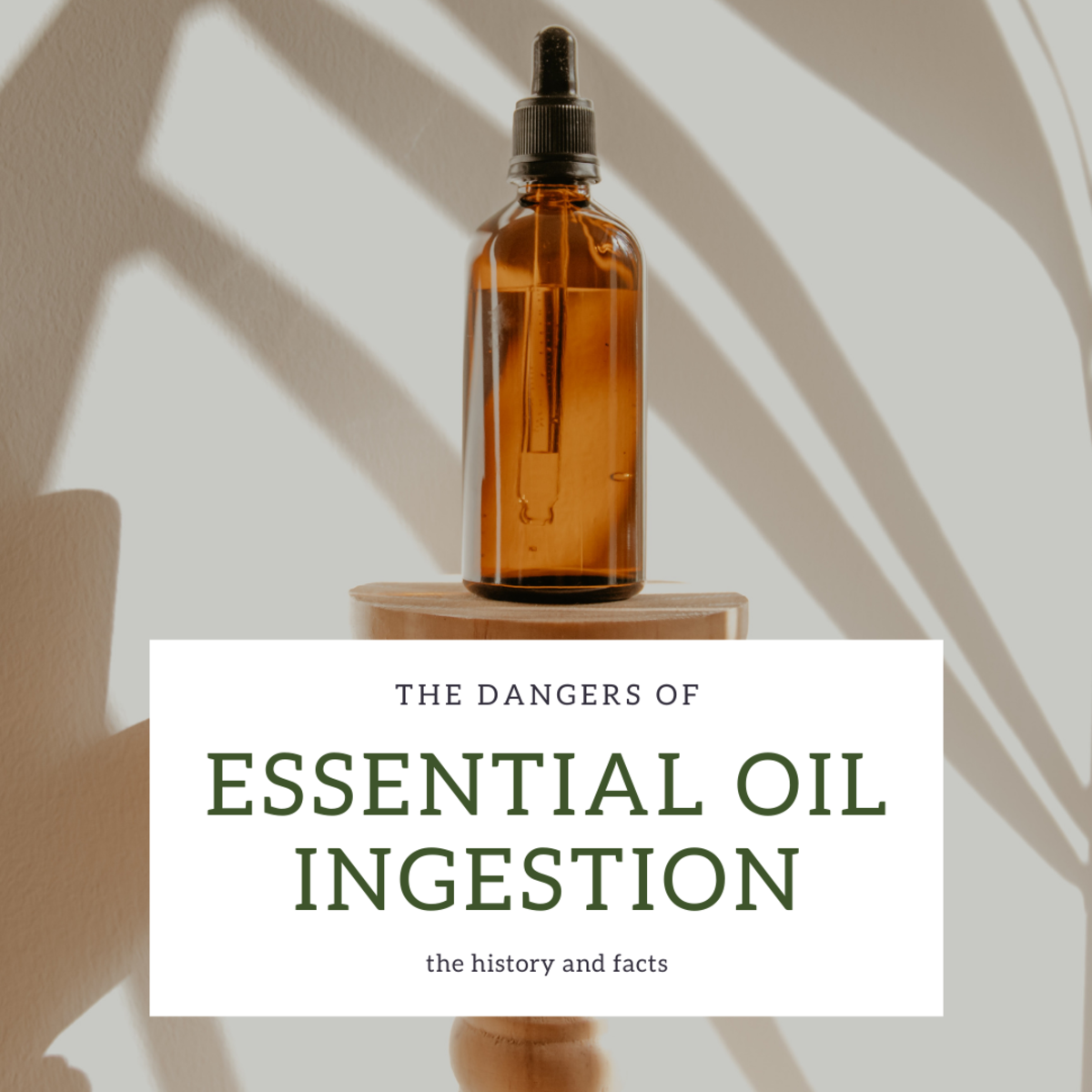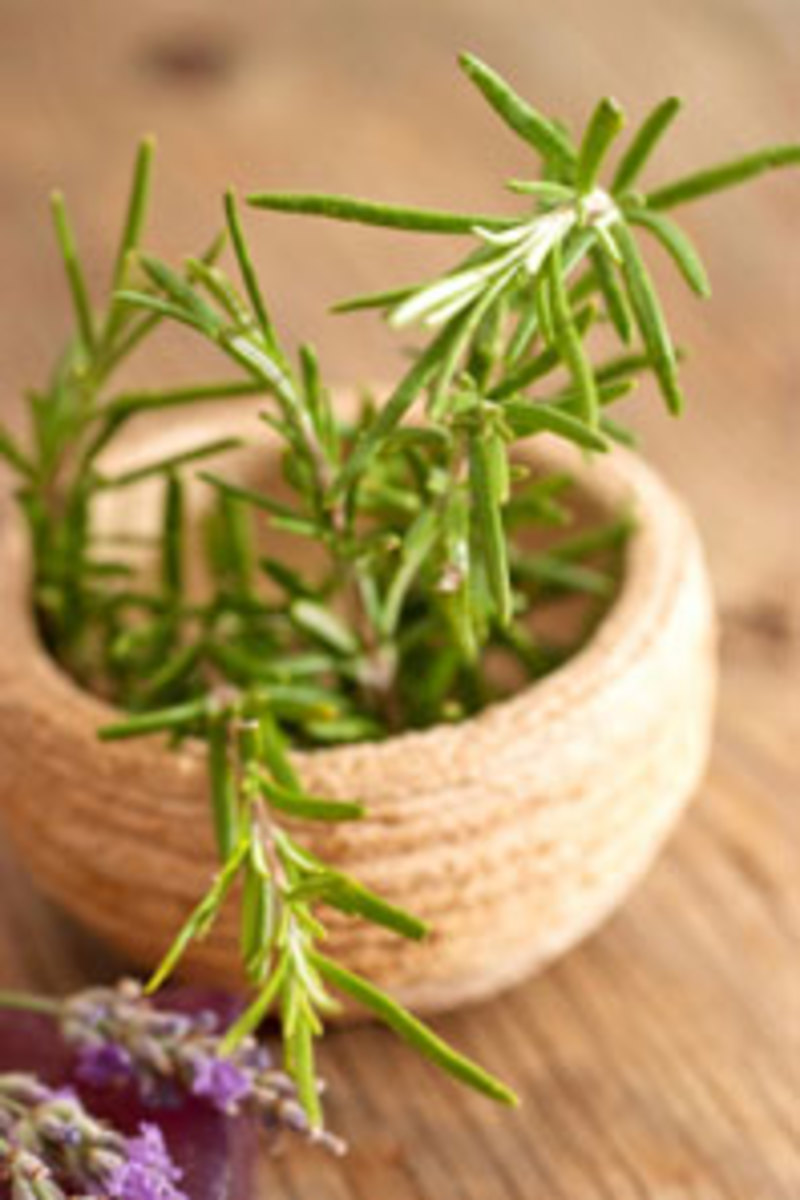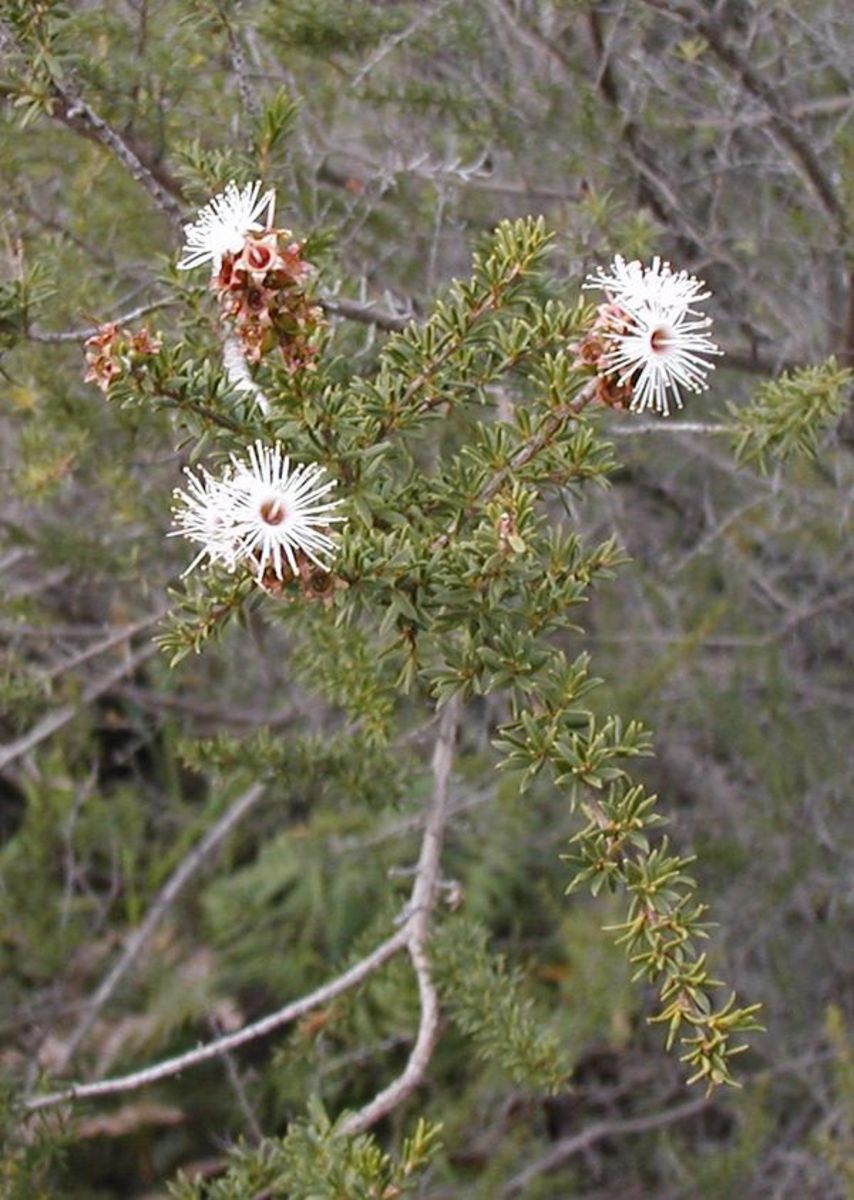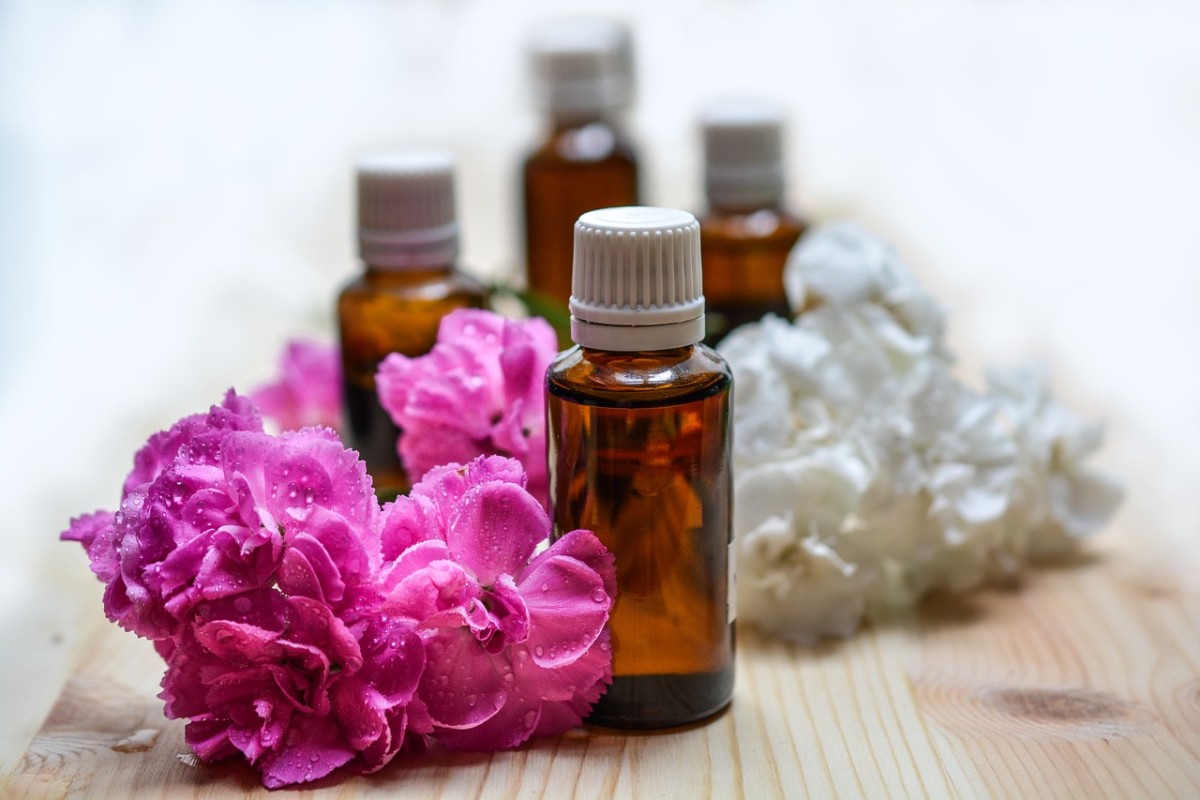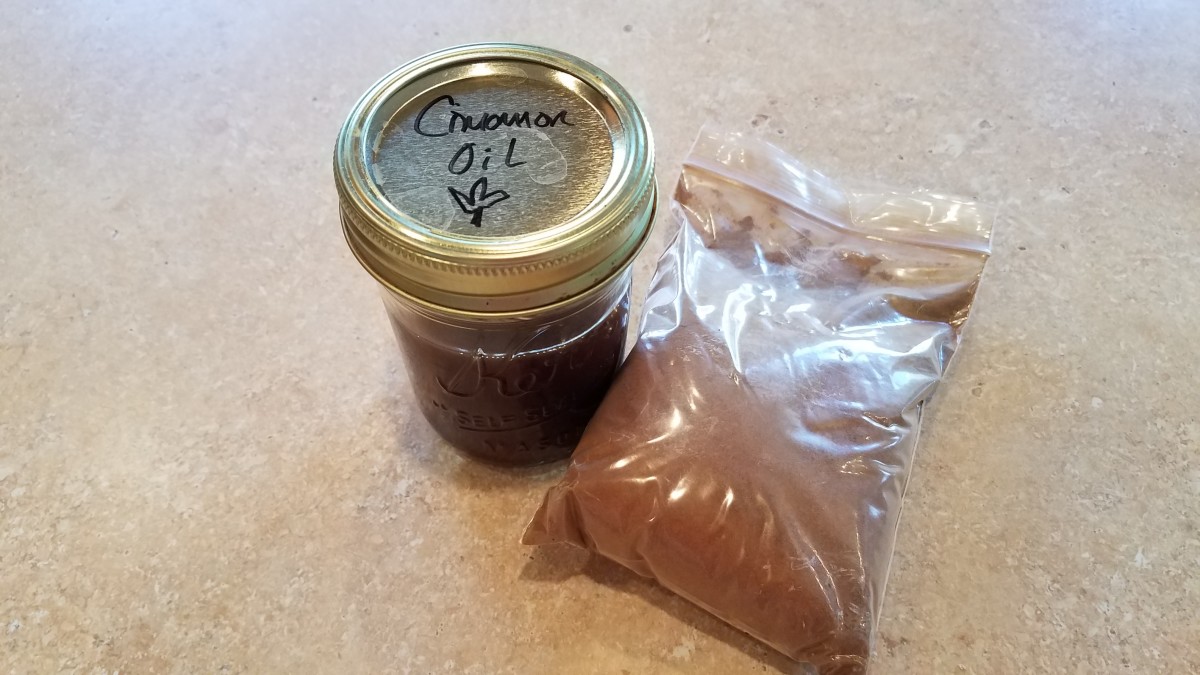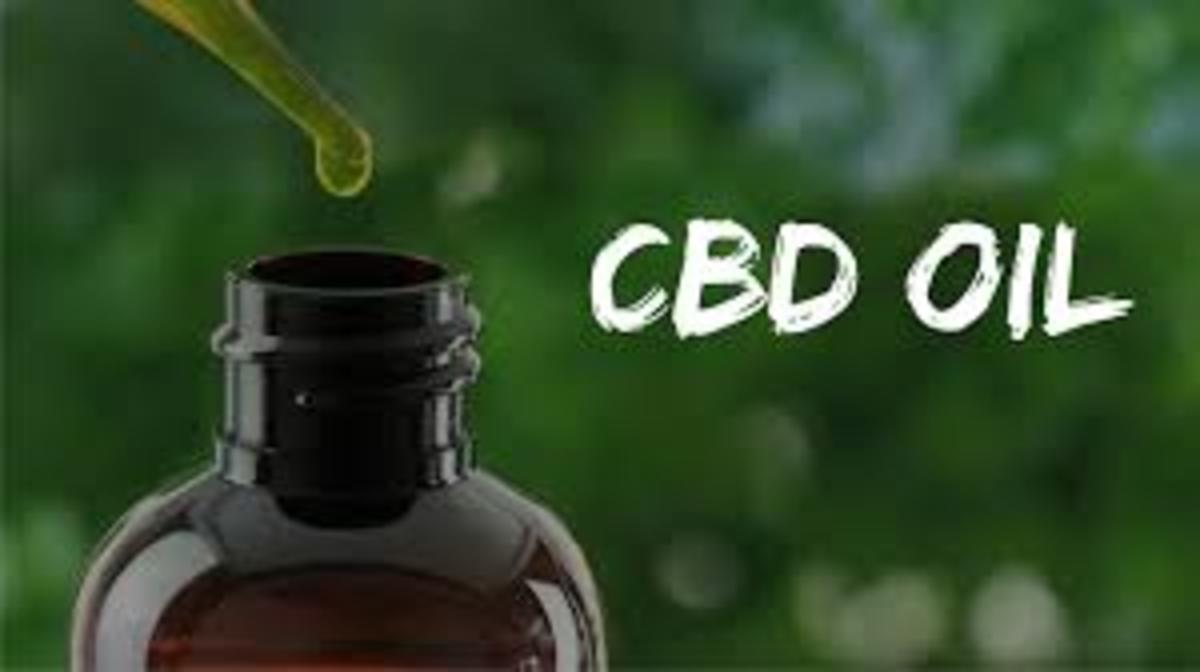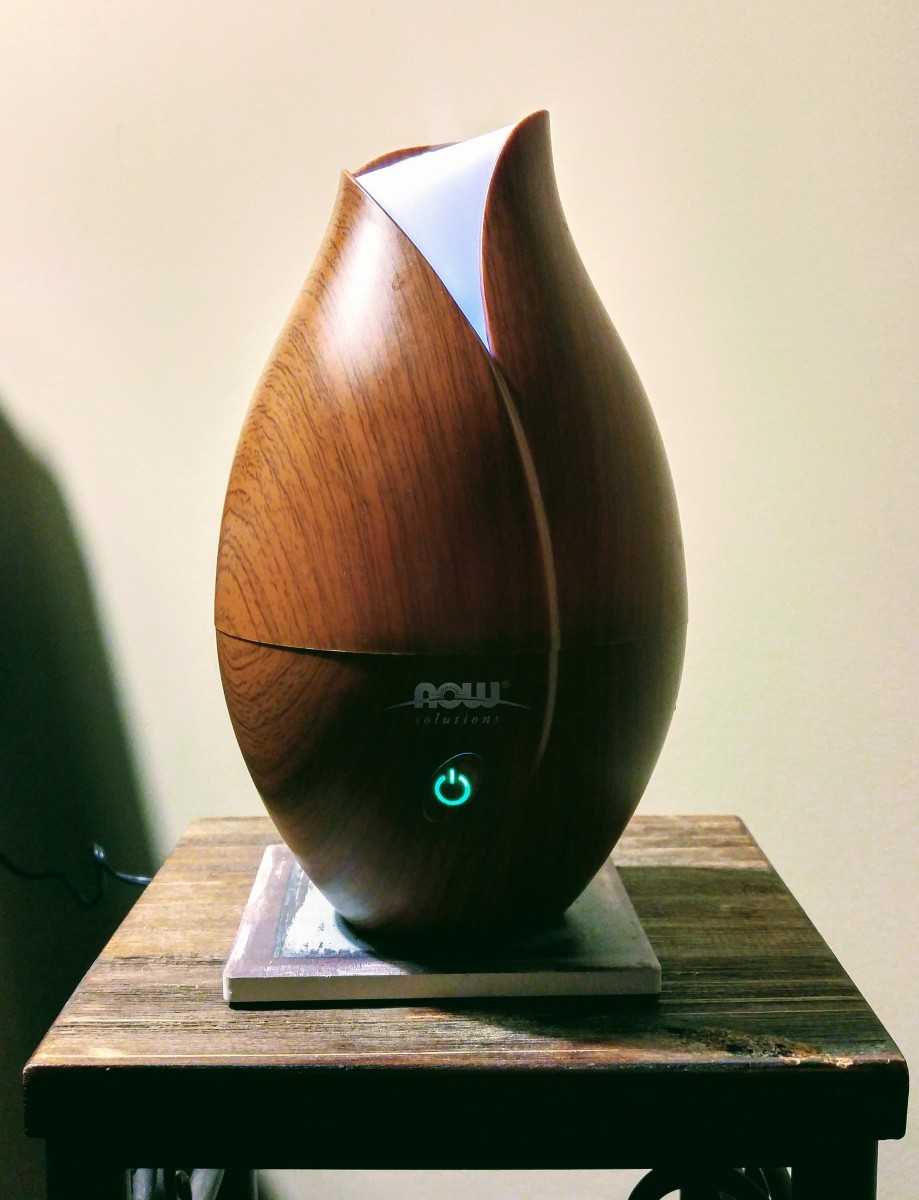Make Your Own Deodorant
I have very sensitive skin. 41 years in a wheelchair due to paralysis will do that for you. Several years ago I noticed long thin red lines under my arms. The lines slowly turned into open wounds. Almost like very narrow cuts. There was no bleeding or seepage but the skin was very sore.
At my next doctor’s appointment, I showed the marks and asked what the problem might be. It turned out to be everyone’s friend-yeast. Whenever the skin is not kept dry or open enough to air then the yeast that is naturally present on all our skin will overgrow. Women are intimately familiar with this problem. Men as well; jock itch and athlete’s foot. All versions of essentially the same biological process.
In my case, due to the paralysis, I couldn’t lift my arms up often enough to dry out properly. Unfortunately, washing every day was only making the problem worse even though I dried the entire area thoroughly. Over the course of the day there just wasn’t enough air reaching the area.
Get My Book on Adult Diapers

Trying Something New
Well, I couldn’t do much about the paralysis so I tried another tact. I thought that maybe I could make my own deodorant with anti-fungal properties.
I had been using essential oils for healing skin and for respiratory assistance for a number of years but that’s another hub. I started by contacting Marge Clark at Nature’s Gift. I had purchased oil from her and knew of her generosity with information and advice about essential oils.
She suggested I start with a type of clay from the southwest as a base. On its own, it would act as a drying agent. Bentonite clay is gentle to the skin and considered by many to have healing properties. I can’t tell you how much it burnt me to pay money for dirt.
Many essential oils have anti-fungal properties. The trick was to find a pleasant scent that worked on the yeast while using oils I already had on hand.
Proportions
Next was a question of proportions. How much clay to how much essential oil? Good quality oils should be used in very small proportions or they can cause as much damage as healing. I tend to keep to a 2% to 3% dilution of essential oil to carrier oil. (FYI, a carrier oil is a neutral sort of oil that can be used full strength on the skin. Something like sesame oil, apricot oil, fractionated coconut oil, and others. Many have healing properties of their own.)
That means for every 10 drops of the carrier oil, I would use about two drops of an essential oil. No more. Although a very small number of oils can be used neat or full strength. It’s rarely recommended.
However, in this case, I would be mixing a liquid essential oil into a powder. This is a problem of weights and measures. We measure oil (liquid) differently than we would measure the clay (solid). With Marge’s help, I settled on 3 ml of lemon tea tree essential oil and 3 ml of myrrh essential oil to 2 oz. of Bentonite clay.
Note: I ask Marge to review this article and she feels that anyone with sensitive or damaged skin should consider using a smaller amount of essential oils. She suggest starting with about half as much as I recommended above.
Use a glass eye dropper with milliliter measurements for the oil and a food scale or postage scale to measure the clay. Almost any drugstore will have the eyedroppers.
Start with This Book

Testing
I put all the ingredients in a glass container with a tight lid and let it marry for a few days. Then I passed it all through a fine sieve and returned it to its glass container.
Before using it’s important to do a patch test. You rub some of the deodorant on the inside of your elbow. Take a look at it after 24 hours. If there is no redness or skin irritation then you are probably good to go.
Be very careful about keeping this well away from your eyes or other mucous membranes. It’s easy to transfer some of the powder from your fingers to your contact lenses or directly into your eyes. You’ll know it very quickly. Essential oils in the eye burn and sting.
Marge recommends rinsing the eye with running water for at least 10 minutes if this happens. The water will cause the oil to form a single drop which should be easier to rinse out.
I had read, on the Internet, that you should use a neutral vegetable oil to rinse the eye. The one time it happened to me, I did use canola oil from the kitchen. It settled down pretty quickly but my eye was red and sensitive for about 24 hours.
It seems that the oil I used just spread the essential oil out in a thin layer over my eyeball. Unknowingly, I probably made the situation worse than it needed to be by using the vegetable oil instead of water to rinse my eye. I won't make that mistake again. (Thanks to Marge for setting me straight on this point.)
All's Well
This is a deodorant and not an antiperspirant. It will stop you from being smelly but you will still sweat. I find I have to refresh it in the early evening if I have been sweaty.
As to my yeast outbreak, my homemade deodorant cleared it up within a few weeks. I’m happy to say there have been no further problems.
I have changed the formula from time to time. Sometimes I use frankincense or lavender mixed with a variety of citrus or floral oils. Don’t fool around with the proportions too much. Of course, everyone’s skin is different and it may be necessary to dilute the oils with even more clay. Experience will be your best teacher.
Check at the bottom of this hub for a link to Nature’s Gift.
- Aromatherapy - healing with pure essential oils.
Nature's Gift Aromatherapy Products offers pure organic and wildcrafted essential oils; aromatherapy accessories, aromatherapy diffusers, carrier oils, aromatherapy information and much more!


